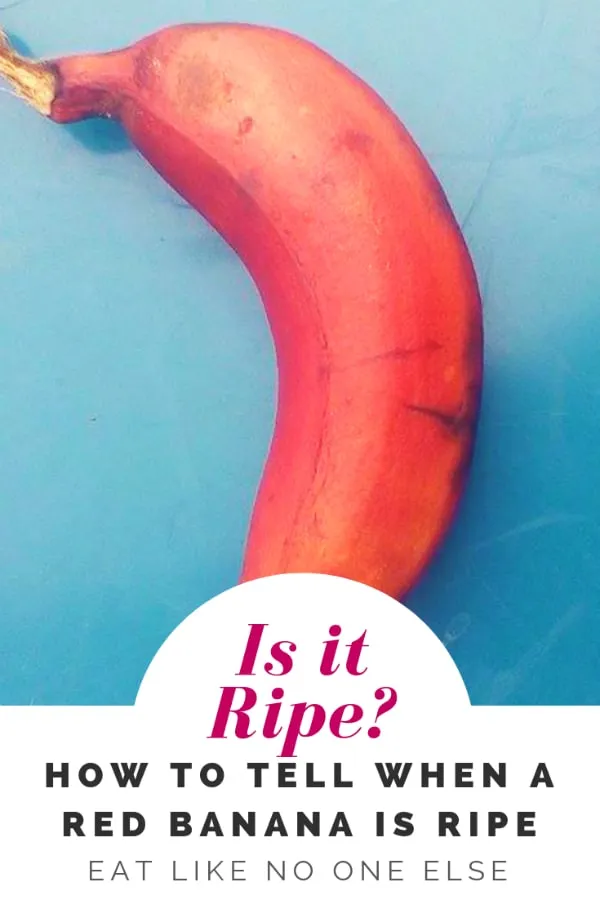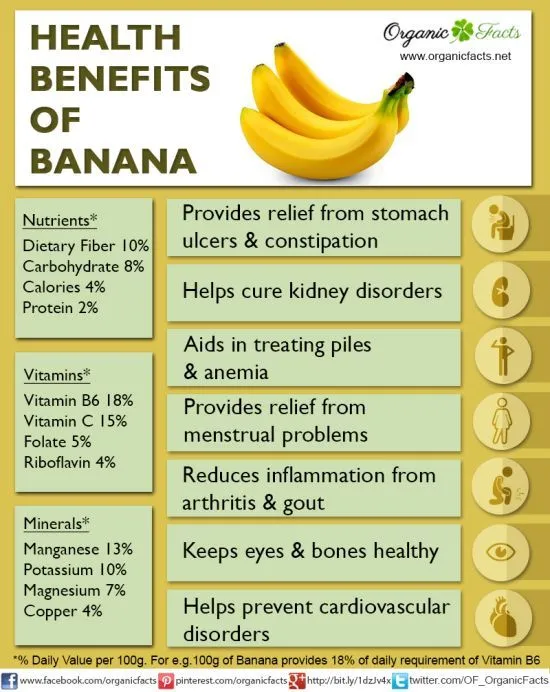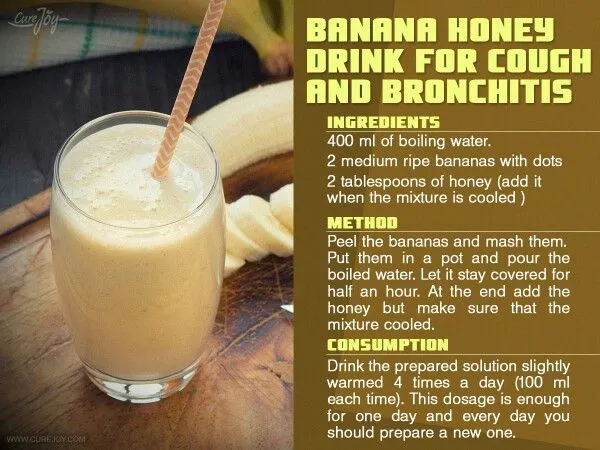Unlocking the Secret of Red Banana Ripeness: A Comprehensive Guide
If you’re a fan of bananas, you might be curious about a lesser-known variety – the red banana. But how do you know when a red banana is ripe and ready to eat? In this article, we’ll explore the unique qualities of red bananas and how to determine their ripeness.

First, we’ll cover what sets red bananas apart from their yellow counterparts. Then, we’ll dive into the physical characteristics of a ripe red banana and the different stages of ripeness. Finally, we’ll offer tips for storing and using ripe red bananas to get the most out of this delicious fruit.
Whether you’re a banana enthusiast or just looking to expand your fruit repertoire, read on to learn more about the art of ripening red bananas.
What is a red banana, and why is it different from a regular banana?

A red banana, also known as the Red Dacca banana or Red Cavendish, is a unique cultivar of bananas that stands out from its traditional yellow counterparts. This exotic fruit boasts a distinct appearance and flavor profile that sets it apart in the world of bananas.
Unlike regular bananas, which are typically yellow and have a smooth texture, red bananas feature a reddish-purple skin with hints of green. The flesh inside is also reddish in color and has a sweeter taste than regular bananas. Additionally, red bananas tend to be smaller than their yellow cousins but pack more nutrients per bite.
One of the key differences between red and yellow bananas lies in their nutritional content. Red bananas contain higher levels of vitamin C and beta-carotene than regular bananas, making them an excellent source of antioxidants. They also contain more fiber per serving, which can help promote digestion and prevent constipation.
In terms of cooking or baking with red vs. yellow bananas, there isn’t much difference besides the color change they bring to your dishes! However, because they are sweeter than traditional varieties of banana they can add an extra level of sweetness without having to add as much sugar into your recipe.
Overall, if you’re looking for something new to try in your fruit basket or want an alternative to traditional (and sometimes boring) banana flavors then give the vibrant Red Dacca Banana a try!
The physical characteristics of a ripe, red banana.
The physical characteristics of a ripe red banana are a sight to behold. As the banana ripens, it transforms from a bright green to a deep, rich red color. This change in color is a clear indicator that the fruit is now at its peak ripeness and ready to be eaten.
In addition to its striking appearance, a ripe red banana also has several other physical characteristics that set it apart from its unripe counterparts. The skin of the fruit becomes softer and easier to peel, while the flesh inside becomes sweeter and more tender.
One can also identify a ripe red banana by its aroma – as it ripens, the fruit gives off a sweet fragrance that is unmistakable. This scent is caused by the release of ethylene gas, which triggers the ripening process in bananas.
Overall, understanding the physical characteristics of a ripe red banana can help individuals make informed decisions when selecting their fruits at grocery stores or markets. By choosing bananas with deep red hues and soft skins, one can ensure they are getting the most flavorful and nutritious fruit possible.
The different stages of ripeness and how to determine if a banana is ripe are red.
Bananas are a versatile and delicious fruit that can be enjoyed in many different ways. However, not all bananas are created equal, particularly when it comes to their ripeness. In the case of red bananas, determining their ripeness can be a bit trickier than with their yellow counterparts.

Red bananas go through several stages of ripeness before they are ready to eat. The first stage is green, which means the banana is not yet ripe and should not be eaten. As the banana begins to ripen, it will turn yellow with brown spots on the skin. This means that it is starting to become sweeter and softer.
The next stage of ripeness for red bananas is when they start turning red. At this point, they will still have some yellow on them but will also start developing a reddish hue on the skin. The flesh inside may still be firm but will gradually become softer as it continues to ripen.
To determine if a red banana is ripe enough to eat at this stage, gently press your finger against the skin’s surface. If there is some give or softness under your finger’s pressure, then it’s likely ready for consumption.
However, if you prefer your bananas sweeter and softer in texture rather than firm or chewy-like fruits like apples – wait until more brown spots appear on its skin and even more reddish tones develop within its flesh as well! This indicates further breakdown of starches into natural sugars by enzymes during maturation – ultimately resulting in a sweeter taste!
In conclusion, understanding how to determine when a red banana is ripe involves paying attention to its color changes over time along with giving gentle pressure tests here and
Tips for storing and using ripe, red bananas.
Ripe red bananas are a delicious and nutritious fruit that is often overlooked in favor of their more common yellow counterparts. However, if stored and used correctly, they can provide a unique and flavorful addition to any meal or snack.

Firstly, it’s important to note that red bananas should be ripened at room temperature until they are fully ripe, which is indicated by the appearance of brown spots on the skin. Once ripe, they should be stored in the refrigerator to prevent over-ripening and spoilage.
When it comes to using ripe red bananas, there are endless possibilities. They can be eaten as a snack on their own or sliced up and added to breakfast bowls or smoothies. They can also be used in baking recipes such as banana bread or muffins for an extra burst of flavor.
One unique way to use ripe red bananas is by grilling them. Simply slice the banana lengthwise and brush with a bit of oil before grilling for a few minutes on each side until caramelized. This makes for a delicious dessert or side dish option.
Overall, ripe red bananas may not be as commonly found as yellow ones but they certainly offer just as much flavor potential when stored and utilized correctly. Give them a try next time you’re at the grocery store!
Check out our other articles to find out even more about banana.
Understanding the different stages of ripeness and how to tell if a red banana is ripe can help you enjoy this unique variety of fruit. Now that you know when to purchase and consume a red banana, why not take the time to check out our other articles in order get even more out of bananas? Check out our other articles to find out even more about banana.
















